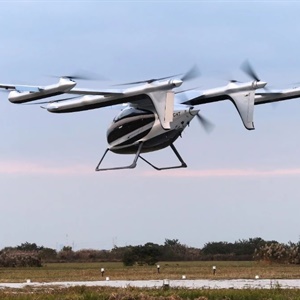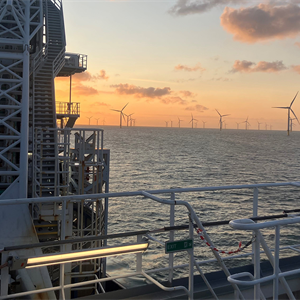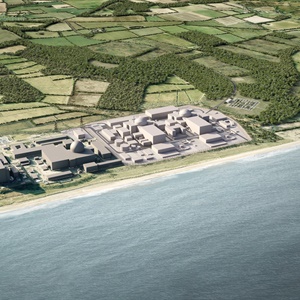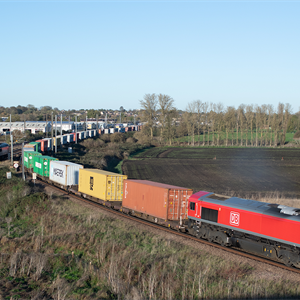Meta unveils wristband prototype that controls computers with hand gestures
Researchers at Meta are developing a wristband capable of controlling devices using subtle hand or finger gestures. A team from Reality Labs at Meta – Meta Platforms’ dedicated division for building hardware, software and research – have been working on another way to interact with technology on-the-go that does not require any input devices such as keyboards, just a wristband and hand gestures. This includes being able to move a cursor, open apps and send messages by writing in the air as if using a pencil. As the company said in a blogpost, “we believe that surface electromyography (sEMG) at the wrist is the key to unlocking the next paradigm shift in human-computer interaction (HCI)”. sEMG is a non-invasive method to measure muscle activity via sensors on the skin surface. Using…






















